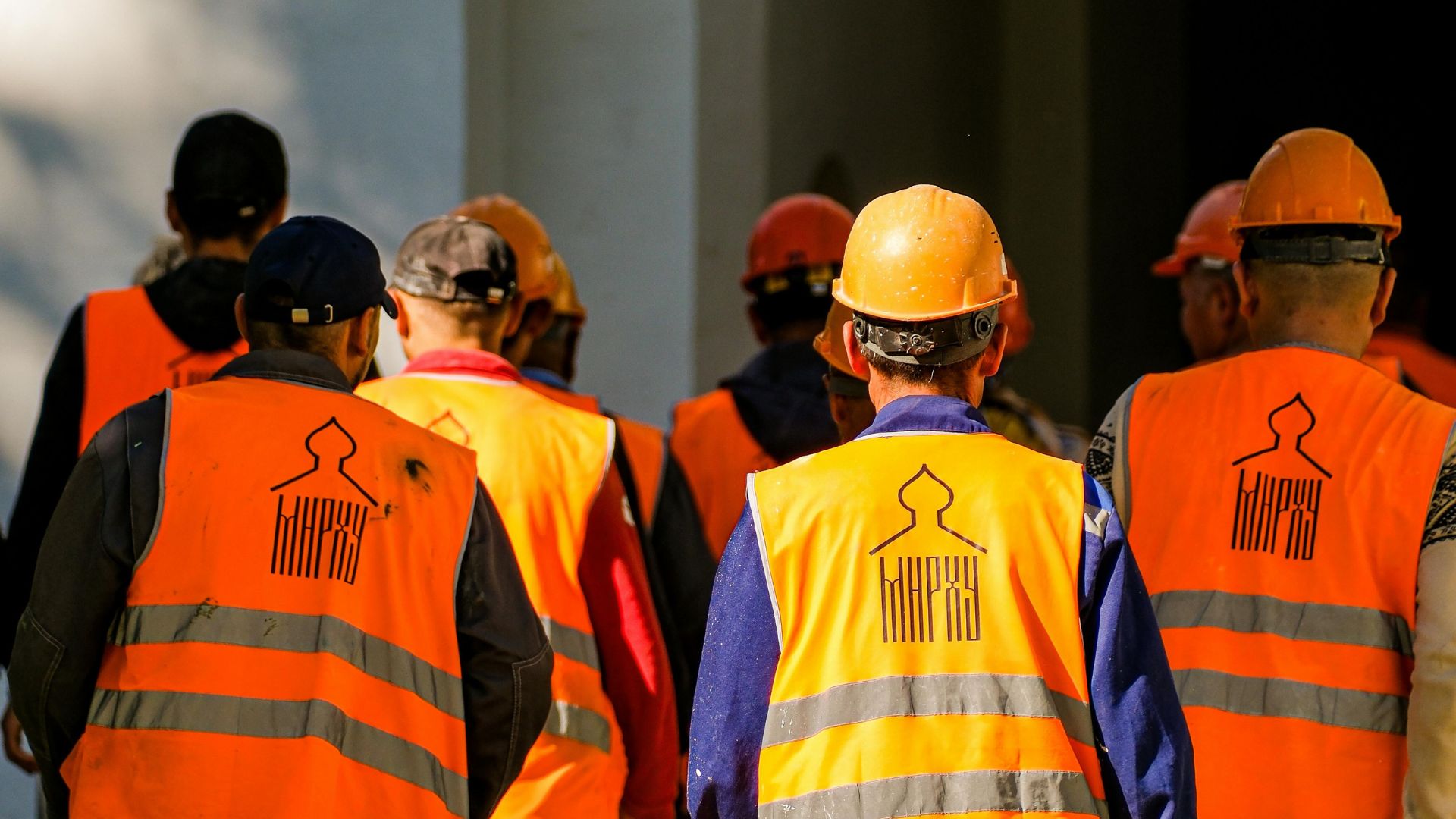.webp)


In a recent survey from Gallup, 59% of people would like to keep working remotely as much as possible even after COVID-19 lockdowns have lifted. While this seems to be a preference, we need to acknowledge there have been enormous challenges with working remotely in a pandemic.
BUT, and there is a but, the most important factor to consider is that over the past year we haven’t been ‘working remotely’. rather we have been ‘working at home during a pandemic’.
As the lockdowns unwind, some employers will adopt a hybrid working model - a mix of office/onsite and remote - which will also add a layer of complexity.
Bottom line - we need to pay more attention to communication. Without question, we have seen one of the most (if not the most) shifts in how we communicate with each other in the past number of days. So, as a leader, you will need to shift and adjust to the ‘new norm’ to continue to be an effective leader of your team(s).
So, what’s changed?
Remote working means we can’t communicate as spontaneously or as freely as we once were able to do. The water cooler chats are no longer an option even being able to read body language and facial expressions is harder over a video call. As a leader, now is the time to over-communicate to make up for the changes we’ve had to deal with.
What does hybrid/remote communication look like?
Here are some of the main points we'd like to call out about the impact of hybrid or remote teams have on the way you communicate with them.
Shift your mindset from ‘speak first’ to ‘write first’
As a leader, you no longer have the opportunity to speak or communicate spontaneously. Of course, you can speak spontaneously, but it’ll be harder to reach your entire team while working remotely or in a hybrid fashion (a mix of office/onsite and remote).
Shared documents make it super easy to record your thoughts for others to review at a convenient time. If it’s written down you have something you can rely on rather than having the same conversation multiple times.
Don’t forget your empathy
Remote working will mean that as a leader you may be unable to read a room (if you’re on conference calls rather than video conferencing). Don’t make assumptions about how an individual is feeling (see the next point on one important question)
How are you? No, really? How are you?
*Hint - don’t jump straight into business, make the connection with your team.
“How are you doing (really)?” goes a long way. Call out each person individually and get their answer. It’s important to recognise each individual on the team and allow them to contribute and feel the love.
Another option is using a 1-10 scale on how energised people currently feel (1 being really low and feeling very meh, 10 being “give me what you’ve got, I’m ready for anything!”). It can be a less daunting way of opening up the conversation on how people are doing. You can do this in a 1-1 or during a team meeting - both work really well and as a leader, you’ll get a great sense of where your team are at and pivot accordingly.
A regular weekly team meeting
Same bat-time, same bat-channel. Make it a habit and keep it lively. Routine is your friend.
Regular (if not daily) check-ins
*Hint - have a combination of both 1-1 check-ins and team check-ins across the week.
One of the best times for these check-ins can be in the morning time, it will set each of your team up for the day. It doesn’t always have to be about work.
Things to consider for remote teams
- Daily communication is crucial!
- Use video conferencing when you can but mix it up with a phone call if it’s just with one person. Why not consider a walking meeting.
- Keep individual communication a priority
- Be clear on when you’re available
- Set clear expectations through both conference calls and written communication - your team needs to know where they stand!
- Assume positive intent and encourage your team to do the same - tone of language can get lost in translation at times
- In the interest of efficiency, don’t get complacent in your communication. Be super clear.
- Ask for feedback from your team, what’s working, what’s not?
1-1 Communication
Even with all the best practices and structures in place, working remotely can still leave individuals feeling isolated.
As a leader, you no longer have the opportunity to have the quick moments in the office that are great at building rapport. Have more regular 1-1 meetings and if you can, make them longer so that you maintain the connection with each of your team.
Tips for 1-1 communication:
- Come prepared
- Add structure
- Come with questions at the ready
- Ask your team member to come prepared too
- Don’t jump straight into business - remember behind that screen, there is a human!
The simple questions to ask during a remote 1-1:
- What have you done?
- What are you working on?
- Where do you need help?
Team communication
Team meetings held remotely are always going to be different from team meetings held in person. Similar to how you will communicate in your 1-1 meetings, it is still important to maintain that rapport you already have with your team!
Tips for team communication:
- Come prepared
- Set an agenda that is pre-populated by you and your team
- Bring some fun to the session
- Schedule catch-ups… just to catch up!
Agree on an approach that works for the entire team when communicating - this will allow everyone an opportunity to speak/add to the conversation if they so wish
*tip - if on a video call, simply asking everyone to mute and put up their hand when they want to speak allows for clearer communication
[If you'd like to read more about Leading Remote Teams just click this link]
Frequently Asked Questions


See PepTalk in action


Related
Latest Blogs


See PepTalk in action





.webp)


.webp)







.webp)